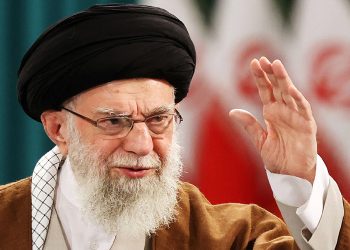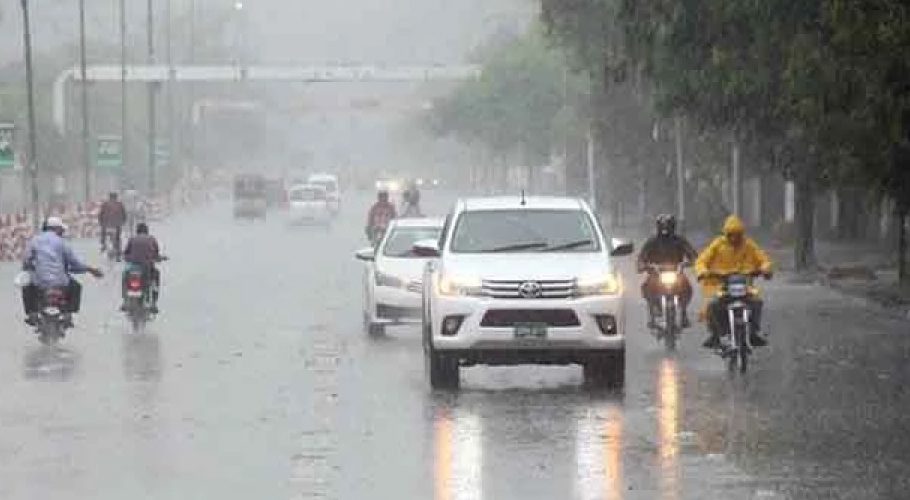The disruption of submarine cables in the Red Sea is causing widespread disturbances in telecommunications networks, leading to reduced internet speeds across multiple countries.
The damage to cables belonging to four distinct telecom networks is significantly impacting communication networks in the Middle East. HGC Global Communications, a Hong Kong-based telecom company, acknowledged that approximately a quarter of the traffic between Asia, Europe, and the Middle East has been affected. The company assured that efforts are underway to divert traffic to minimize disruptions for customers, with rerouting strategies in place and assistance provided to affected businesses.
Despite these measures, the company has been unable to pinpoint the reasons behind the cable damage. In discussions with the global media, South African company Seacom revealed that the repair process might extend beyond a month. The delay is attributed to the need to obtain a security permit for repair work in the affected area. Pranesh Pidayashi, Chief Digital Officer at Seacom, explained that securing a permit from Yemeni Maritime could take up to eight weeks. However, he assured that traffic routes would be adjusted during the repair period.
Other affected networks include the Asia, Africa, and Europe 1 (AAE-1), a 25,000 km (15,534-mi) cable system connecting Southeast Asia to Europe via Egypt. The Europe India Gateway (EIG) has also experienced disruptions. While the EIF links Europe, the Middle East, and India, the company stated that it can reroute internet traffic through approximately 80 submarine cable systems, providing access to 100 countries.



































